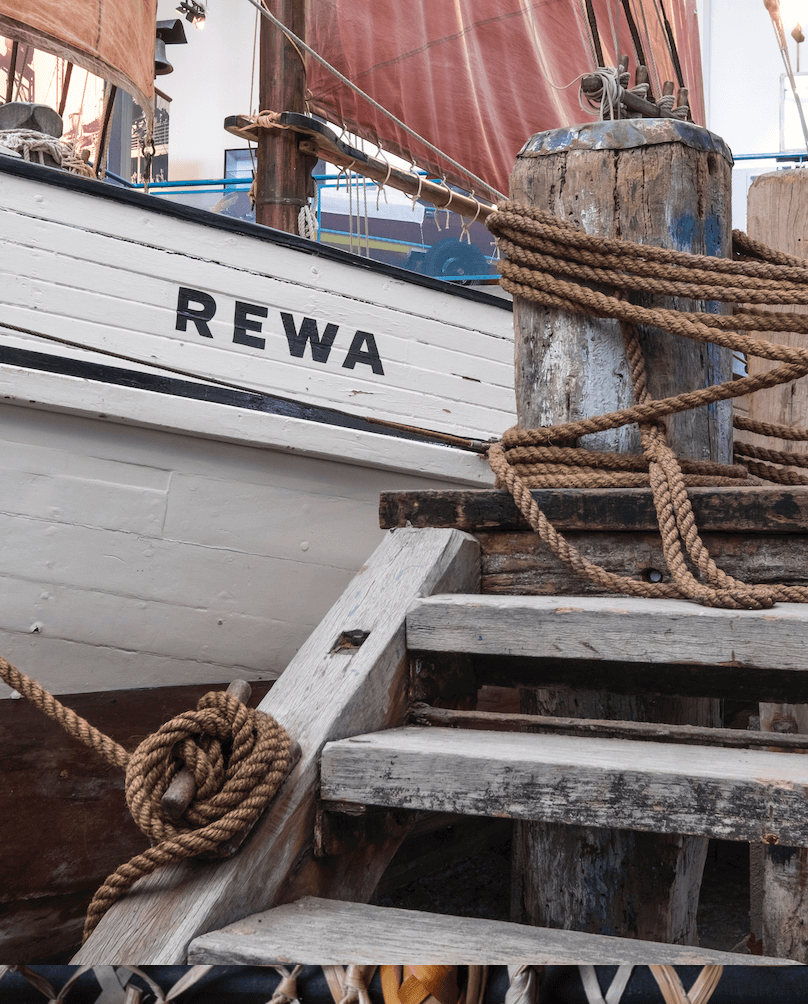The museum’s collection of model canoes showcases the naval architecture and seafaring talent found throughout Te Moana-nui-a-Kiwa the Pacific Ocean. The designs are singular. One references a canoe used for ceremonial exchange in Papua New Guinea; another a vessel that ran down sharks in Tokelau; another an outrigger which hived between and around Kiribati’s many atolls and its 3.5-million-square-kilometre archipelago. Most models were made for tourists, suitable for careful transport home in a suitcase; a larger one was built for the museum, as an exemplar of Fijian/Sāmoan/Tongan wizardry.
09.07.21
Vaka of Oceania
The museum’s collection of model canoes showcases the naval architecture and seafaring talent found throughout Te Moana-nui-a-Kiwa the Pacific Ocean.

